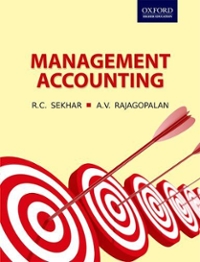Question
1.Tell me which of the following statements concerning educational tax credits and savings opportunities is correct? A) The Lifetime Learning Credit is equal to 10%
1.Tell me which of the following statements concerning educational tax credits and savings opportunities is correct? A) The Lifetime Learning Credit is equal to 10% of qualified educational expenses up to a certain limit. B) The American Opportunity Tax Credit (AOTC) is only available for the first 3 years of postsecondary education. C) A parent who claims a child as a dependent is entitled to take the AOTC credit for the educational expenses of the child. D) The contribution limit for Coverdell Education Savings Accounts is applied per year per donor.
2.They have AGI of $125,000 and have not planned for their childrens education. Their children are ages 17 and 18 and the parents anticipate paying $20,000 per year, per child for education expenses. Which of the following is the most appropriate recommendation to pay for the childrens education? A) Pell Grant. B) 529 Savings Plan. C) PLUS Loan. D) Coverdell ESA.
3.They are contemplating making a contribution to their grandchildrens education fund. They are both retired, have a significant amount of discretionary income and are concerned about estate transfer taxes. Which of the following education planning techniques would you recommend? A) 529 Savings Plan. B) Prepaid Tuition. C) UGMA or UTMA. D) Coverdell ESA.
4.All of the following statements are true, except: a) The Lifetime Learning Credit is awarded on a per family basis. B) The American Opportunity Tax Credit is awarded on a per student basis. C) The American Opportunity Tax Credit is only available for the first four years of post- secondary education. D) The Lifetime Learning Credit is only available for the first two years of post-secondary education
5.Which of the following types of aid are not need based? A) Plus loan. B) Pell Grant. c) Perkins Loan. D) Subsidized Stafford Loan.
6.The following type of financial aid is awarded to students with a low EFC, and funds are guaranteed to be available if a student qualifies: a) pell grant. B) plus loan. C) work study. D) Stafford loan.
7.Tom is a freshman at the University where his tuition is $4,000. The other son, is a graduate student at Private University, where tuition is $25,000. What is the maximum tax credit these parents can take? A) $2,000. B) $3,650. C) $3,800. D) $4,500.
Step by Step Solution
There are 3 Steps involved in it
Step: 1

Get Instant Access to Expert-Tailored Solutions
See step-by-step solutions with expert insights and AI powered tools for academic success
Step: 2

Step: 3

Ace Your Homework with AI
Get the answers you need in no time with our AI-driven, step-by-step assistance
Get Started


